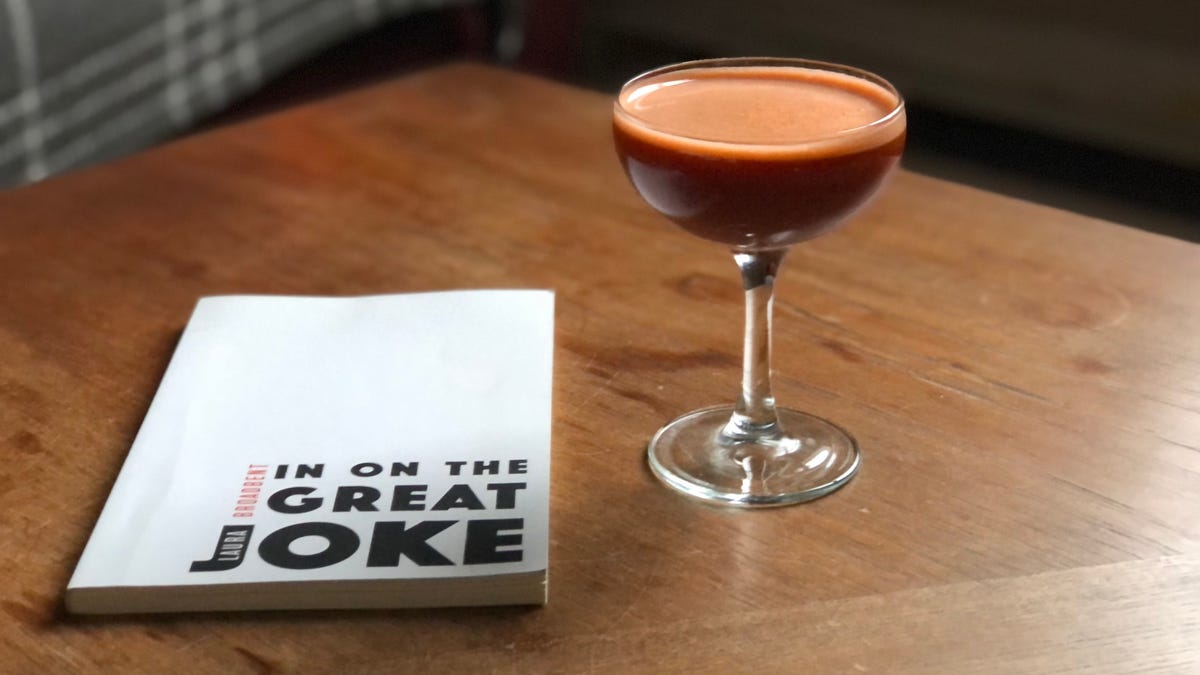Use Vinegar and Lemon Juice for a Better Vinaigrette
With the exception of three people, the only things I miss about living in Florida are foods and beverages. I long for the wine cellar (and dessert room) at Bern’s Steakhouse, proper Cubano sandwiches, Publix subs (and banana pudding),...

Photo: Claire Lower
With the exception of three people, the only things I miss about living in Florida are foods and beverages. I long for the wine cellar (and dessert room) at Bern’s Steakhouse, proper Cubano sandwiches, Publix subs (and banana pudding), stone crab claws, and the 1905 Salad from the Columbia restaurant in Ybor city. Luckily, that salad is one of the easiest things to recreate at home, as opposed to the wine cellar at Bern’s, which would be prohibitively expensive to DIY.
Several recipes for the dressing can be found online, including one on the restaurant’s website, and there are several reasons it tastes so dang good. There’s four cloves of minced garlic, a couple of tablespoons of Worcestershire sauce, and lots of dried oregano, but it’s the combination of acids—white wine vinegar and lemon juice—that makes this dressing special. You get the astringent, slightly funky flavor of the white wine vinegar and the juicy tartness of a lemon, all in one dressing.
When you order the 1905 salad at Columbia, the lemon and Worcestershire sauce are added table-side, separate from the other dressing ingredients. This gives the presentation a bit of flair, but it also highlights the freshness of the lemon juice. It’s a little impractical for my home salads, though: Several recipes seek to streamline the dressing by emulsifying the lemon juice and Worcestershire sauce with the oil, vinegar, and everything else—and that’s fine—but it doesn’t scale down well. A meager two teaspoons of lemon juice does not replicate the taste and aroma of a whole lemon being squeezed over the salad just before serving. It gets lost and muddled.
As a solution: Add more lemon juice. Instead of a mere two teaspoons, I added the juice of an entire lemon to the dressing, which brought it much closer to my preferred ratio of 50/50 acid and oil. (I also added a whole tablespoon of Worcestershire sauce, because I love it.) When I tried the dressing with a mere two teaspoons, my tongue was overwhelmed by the olive oil, and I couldn’t taste much else. (Well, I could taste the garlic. There is so much garlic.)
You don’t have to go as wild with the lemon, but I recommend going a little wild. Either finish the dressed salad by squeezing a lemon wedge over it just before eating, or—if that’s to finicky for you—squeeze a large lemon into a measuring cup, then add the juice to the dressing to taste. I don’t recommend using less than two tablespoons.
G/O Media may get a commission
If you want to incorporate the power of two acids into your other favorite vinaigrettes, reduce the vinegar by half and replace it with the same volume of fresh lemon juice. (If your recipe calls for 1/4 cup vinegar, use 2 tablespoons vinegar and 2 tablespoons lemon juice.) Or squeeze on the lemon right before serving; it’s just dramatic enough.
How to make a punchier 1905 Salad Dressing (adapted from Columbia Restaurant)
Ingredients:
1/2 cup extra-virgin Spanish olive oil4 garlic cloves, minced2 teaspoons dried oregano2 tablespoons white wine vinegar1 tablespoon Worcestershire sauce, plus more to tasteThe juice of 1 lemonSalt and pepper to tasteAdd all the ingredients and two tablespoons of lemon juice to a jar and shake to combine. Give it a taste, and add more lemon juice and Worcestershire sauce if needed, keeping in mind that a vinaigrette should be almost unpleasantly punchy when tasted alone. Continue to add lemon juice and Worcestershire sauce until you reach your desired level of tartness and salty pungency, shaking after each addition. Drizzle and toss with your favorite salad ingredients, but I urge you to give the 1905 Salad a try. (Don’t scoff at iceberg. Iceberg’s cool crunch can’t be beat sometimes.)

 Kass
Kass 


























.jpg&h=630&w=1200&q=100&v=6e07dc5773&c=1)





.jpg&h=630&w=1200&q=100&v=6e07dc5773&c=1)
